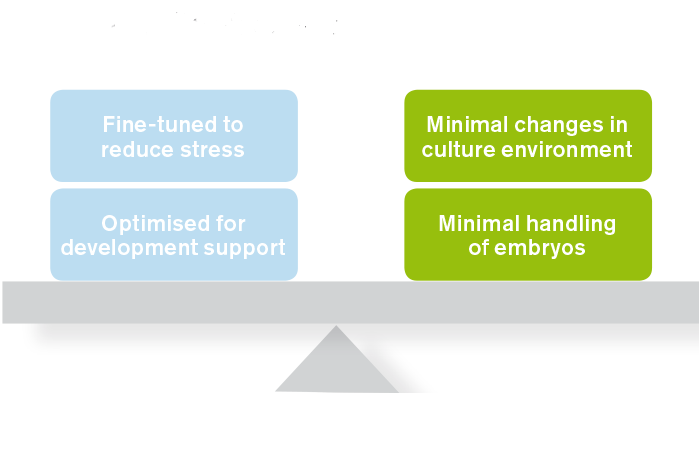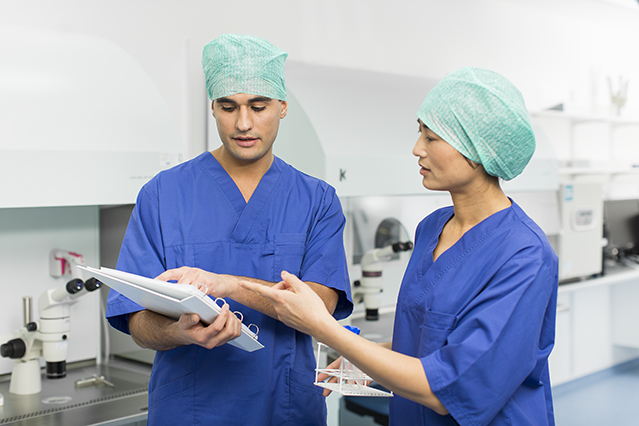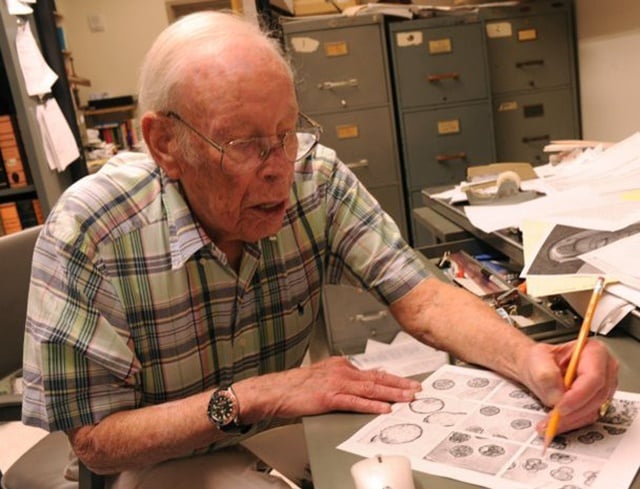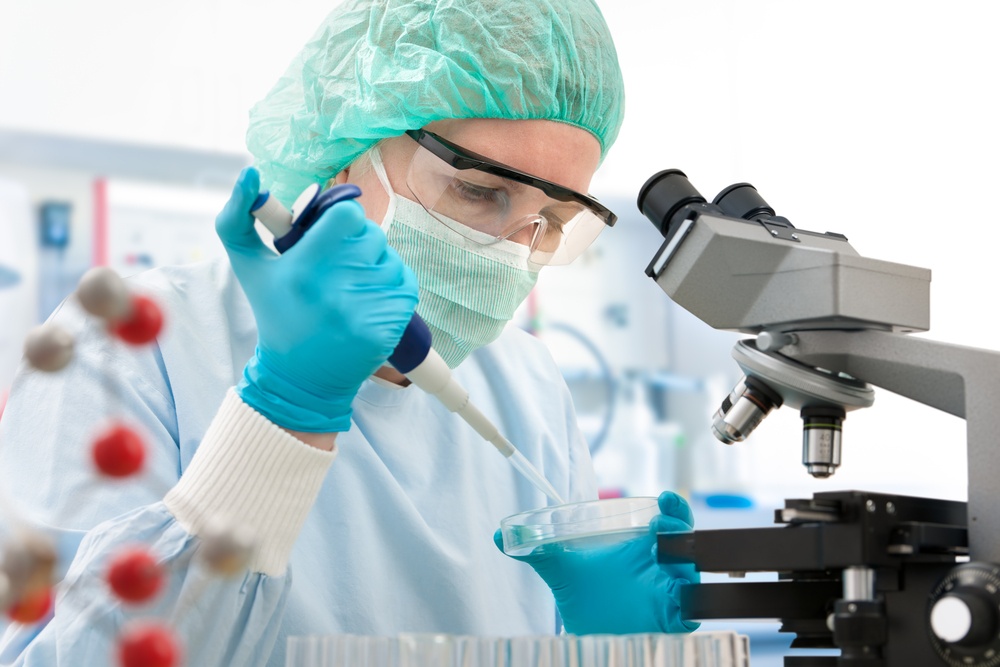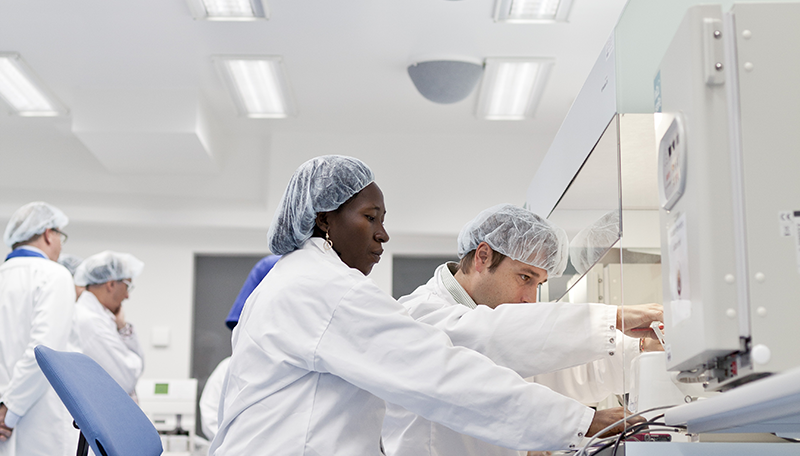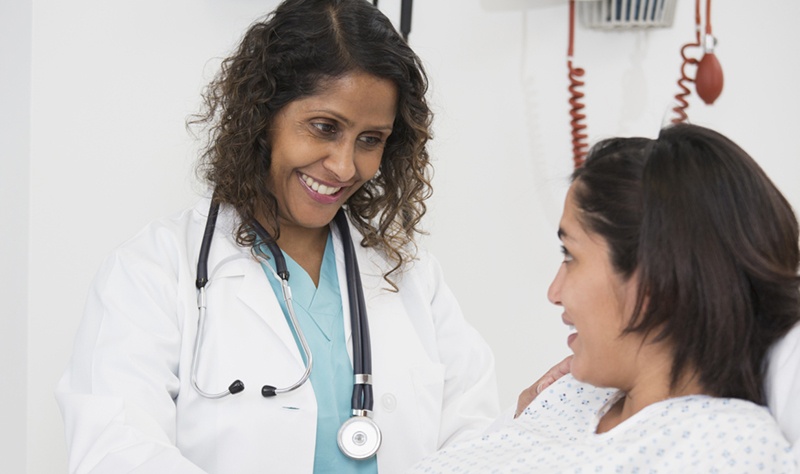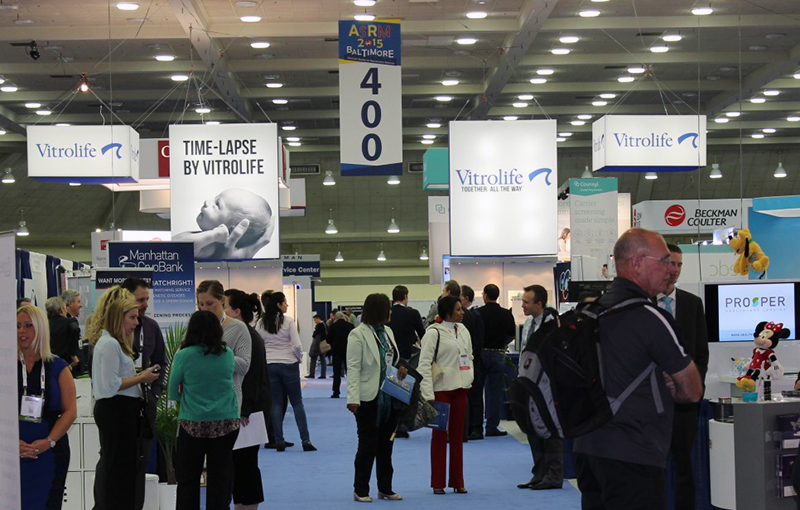This is why consistent annotation is the basis for improved embryo evaluation
By Reidun Kuhlmann, Apr 15, 2016
How to ensure embryo viability in your culture system
By Brett Glazar, Mar 21, 2016
Successful outcomes in IVF require optimal environmental conditions for gametes and embryos throughout the entire cycle. This can be accomplished by ensuring optimal pH and temperature in the incubators, and that the air in the operating theater and the laboratory is clean and free of VOC’s (volatile organic compounds). An additional step is to ensure that media and contact materials used, support embryo development by being embryo safe and free from toxicity. In this blog post I will guide you through the basics for how to prevent toxicity from entering your culture system.
Time-lapse technology triggers new requirements on embryo culture media
By Dr. Christer Silversand, Feb 24, 2016
The access to time-lapse technology has given a unique possibility to balance metabolic stress against less handling stress during embryo culture. In this blog post I will describe different culture media strategies and the rationale for using specific media for specific applications.
Temperature measurements and temperature control in the IVF lab are crucial for your results
By Jaco Terblanche, Jan 26, 2016
It is common practice to maintain a temperature of 37 oC during all working and culture conditions in the IVF laboratory. This will allow for an optimal environment for the handling and culture of gametes and embryos. In this blog post I will explain why temperature control in the IVF lab is crucial, what equipment to be measured, when to measure and what to do with the results.
A tribute to Peter Mazur – a pioneer in cryobiology
By Hubert Joris, Jan 8, 2016
Photo: Knoxville News Sentinel
It is with much sadness that we report the passing of Peter Mazur on December 30, 2015. Peter Mazur was a great scientist who contributed enormously to the current knowledge of cryobiology. Cryopreservation of cells and tissues has become important in not only human reproduction, but also in many other areas of medicine.
Preimplantation Genetic Screening (PGS) is a procedure designed to examine embryos for chromosomal abnormalities with the aim of de-selecting embryos with low implantation potential. Preimplantation genetic diagnosis (PGD) refers to genetic diagnosis of embryos prior to transfer in cases with a known inherited disorder. Vitrolife has conducted a survey within the IVF community to determine how wide spread the use of these procedures actually is in the everyday routines. The results will be shared in this blog post.
How clean is the air in your IVF lab?
By Giles Palmer, Dec 8, 2015
The quality of air within an IVF lab will inevitably affect embryonic development and therefore has a critical impact on IVF success. Our guest blogger Giles Palmer is a senior clinical embryologist who has supported many IVF labs in improving the air quality. In this blog post he shares his valuable recommendations on how to secure the air quality in your IVF lab.
Do’s and don’ts in clinical studies
By Hubert Joris, Nov 30, 2015
Can you tell the difference between a validation and a clinical study? Do you know what to consider when starting a randomised controlled trial? Being author or co-author on more than 60 peer reviewed papers I have a keen interest in current regulation regarding clinical studies and will share some of my experience on conducting clinical studies in this blog post. I hope I will be able to help you sort out some of the many variables related to clinical studies and what you need to consider.
Three ways to optimise the egg collection procedure
By Dr. Göran Westlander, Nov 24, 2015
Egg collection is one of the most important steps in the IVF treatment and could also be one of the most difficult. An optimal egg collection should give the maximum amount of undamaged eggs, in a short period of time, with as little pain and anxiety as possible for the patient. Dr. Göran Westlander is the Medical Director at Livio Fertility Center Göteborg, a private IVF-clinic in Sweden. In this blog post he shares his experience on how the egg collection procedure can be optimised.
Thoughts and reflections from ASRM 2015
By Vitrolife, Nov 9, 2015
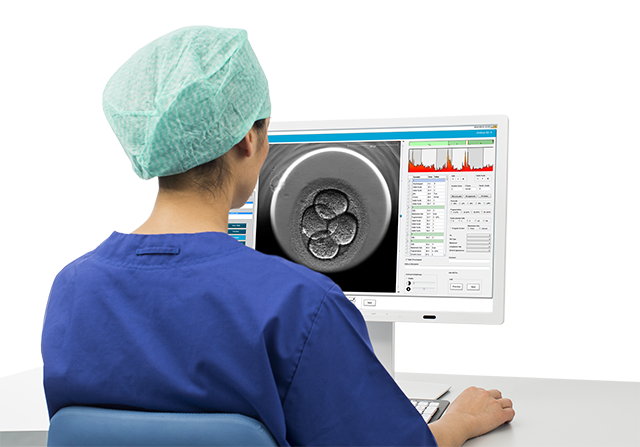
/2016_cell_staining.jpg)
